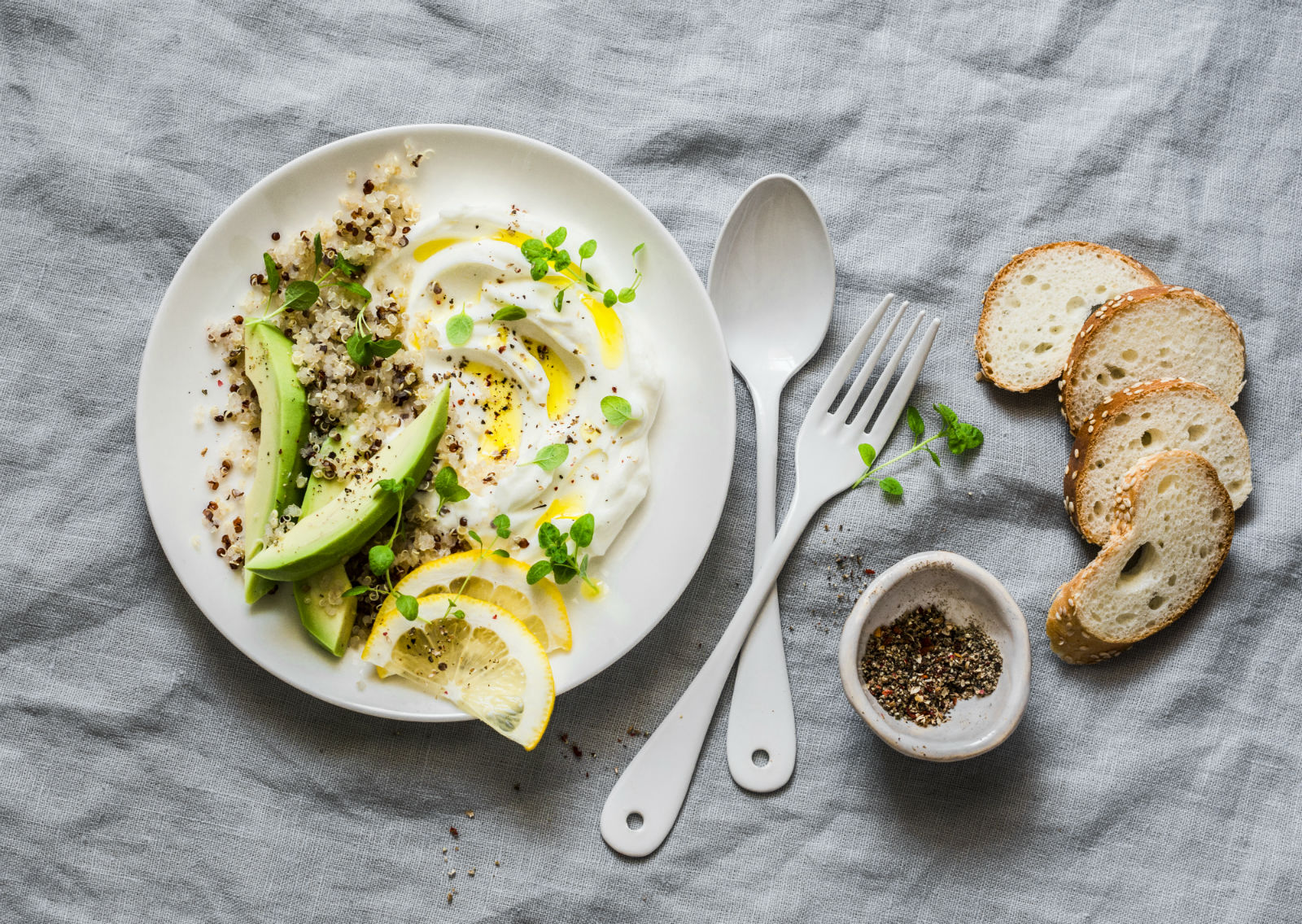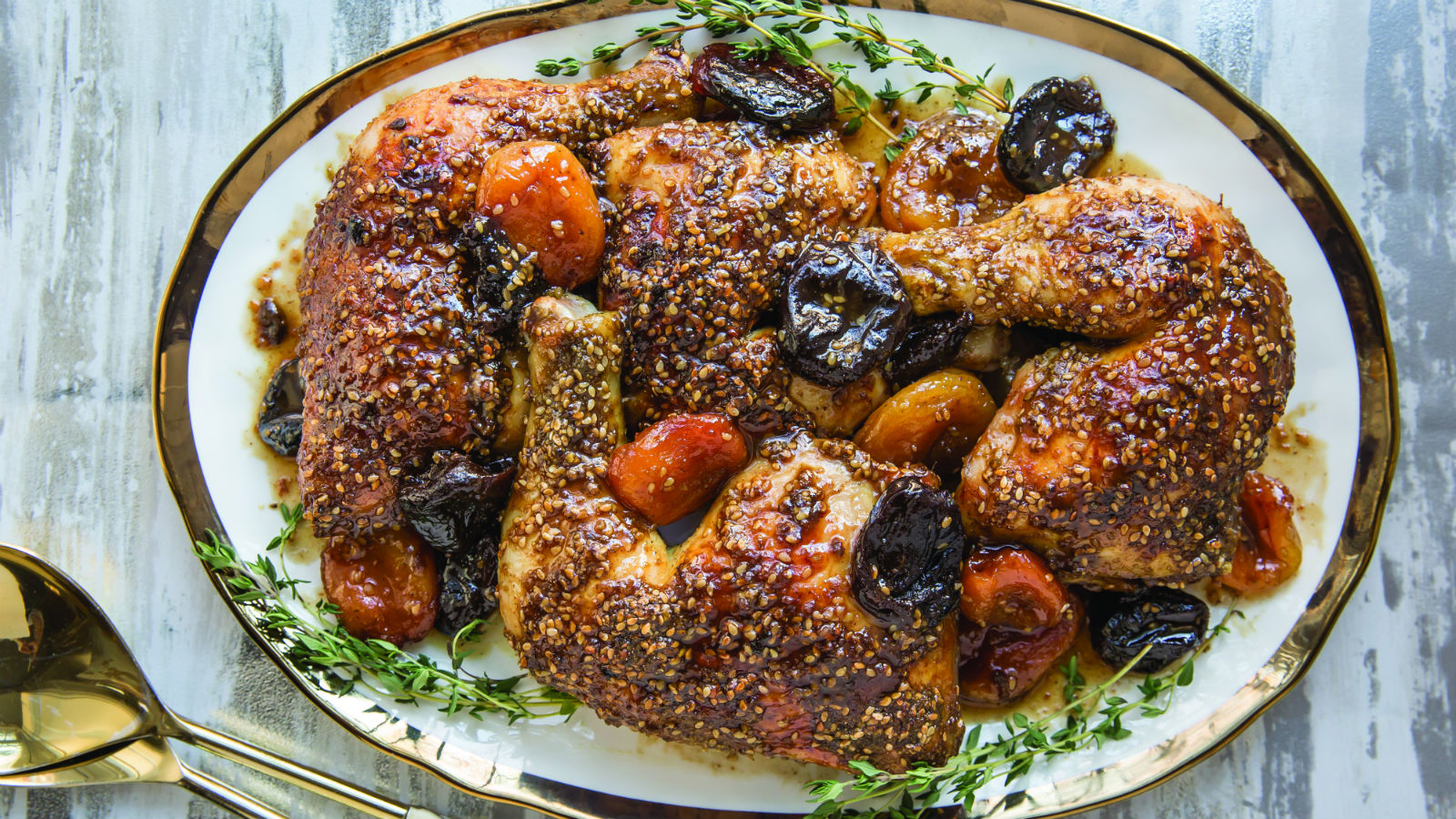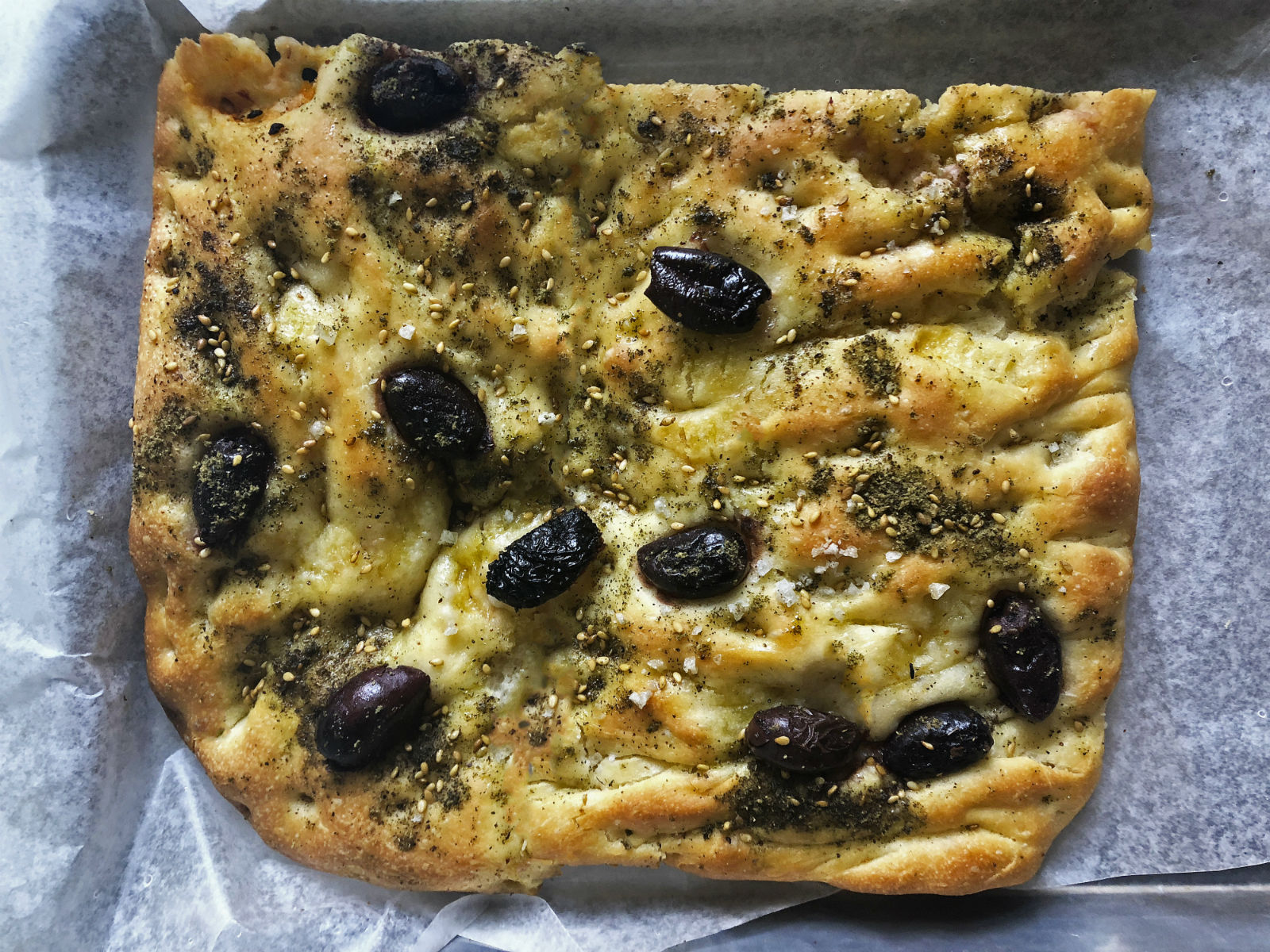Za’atar is everywhere these days in America. Just do a quick Pinterest search for za’atar and you will come up with dozens and dozens of mouth-watering recipes using the spice.
But what exactly is it?
Za’atar is a spice — more specifically, a spice blend. Most internet searches will tell you that za’atar is made from thyme, marjoram, sesame seeds, and sometimes sumac. But more accurately, za’atar is made from a kind of oregano called hyssop, which is native to the Middle East and Southern Europe. Most za’atar blends will contain a mixture of thyme, oregano, sesame seeds, salt, and sumac, another popular flavor of Middle Eastern cuisine. Sumac has a lemony flavor and a deep reddish hue.

The Nosher celebrates the traditions and recipes that have brought Jews together for centuries. Donate today to keep The Nosher's stories and recipes accessible to all.
Za’atar is incredibly popular in Israel, where you can find it baked into flatbreads, sprinkled over hummus, and used in dressings and marinades for salad, fish, and chicken. But each country and region in the Middle East actually has their own slight variation on the za’atar spice blend, which you can see just by looking at them: some are very green, while others have more sumac, which gives it a deeper color tinged with red, and still others have lots of and lots of sesame seeds.
So, where can you get za’atar? You can actually make your own blend and then customize it to your tastes. Or take a look at Amazon, which has several varieties you can order. Whole Foods and Fairway markets also sell it in the spice aisle. You can also shop online from Kalustyans, an NYC-based spice and specialty food store.

Some za’atar recipes to try:
Honey roasted za’atar chicken with dried fruit
Sheet pan za’atar chicken with cauliflower and chickpeas
Carrot tahini soup with za’atar challah croutons




